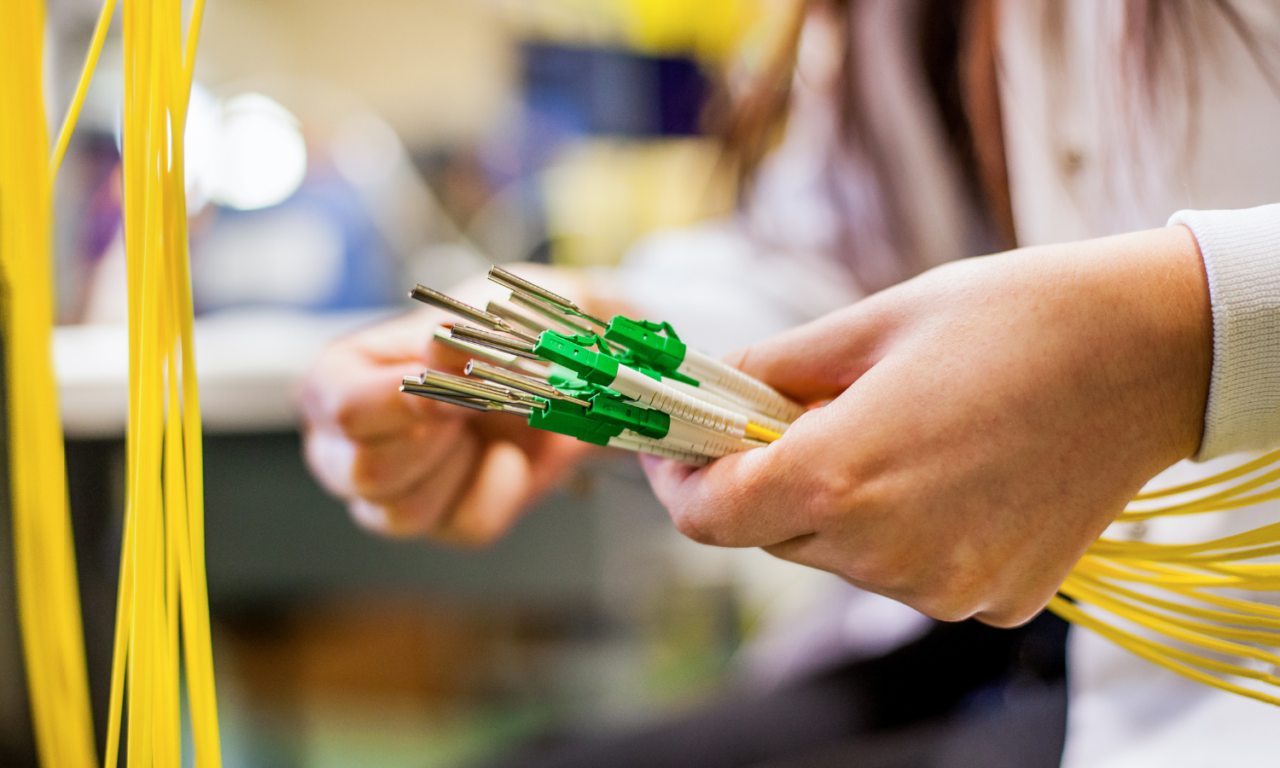It all starts with the cable… So how does a pigtail come about?
20 July 2023
#FCAteam

About the pigtail in a few words
Every person involved in the teletransmission industry has had a pigtail or patchcord in their hand at least once. Most of you have probably had them hundreds or thousands of times. An inconspicuous section of fiber optic cable, terminated on one (pigtail) or two (patchcord) sides with a connector. Patchcord is used to create fiber optic routes and connections between network devices, while pigtail terminates the fiber optic line by connecting to the cable. Pigtails and patchcords are among the essential products used during the construction of a fiber optic network. However, before this section of cable is in the hands of the construction person or the person ordering products for construction, it must go through a complex and rigorous manufacturing process. How does it work? What stages are crucial to maintaining high product quality? We hasten to you with an explanation straight from our production line.
And in production?
The manufacturing process begins with cutting the appropriate length of the cable section and marking it with an individual barcode. This allows us to verify internally the various stages of the production process and externally to identify each of our products. In the next step, components (boot and sleeve) are applied to the cable, which protects the cable from damage at the junction with the fiber optic connector. In a further step, the outer sheath of the cable is removed, and the kevlar is cut to the appropriate length according to the template.
Time to manufacture
The employee passes the prepared cable to the “connector making” station at this stage. Bonding, as this process is referred to, is a series of steps, the purpose of which is to embed the connectors on the optical fiber so that at the final stage of production, the signal transmission is verified. The employee handles: the preparation of the fiber, application of resin glue to the connector and, finally, guiding the fiber through the connectors and tightening the sleeve using a clamping machine. Once this is done, the connector is placed in a special kiln, which cures the adhesive inside the ferrule. Once this process is complete, the connector is cleaned of any residual glue and transferred to the polishing station. This is one of the critical stages of production, which significantly impacts the final product’s quality.
Quality first
Depending on the type of connector, dedicated machines, polishing fixtures, films and prepared programs are used. The polishing process begins by placing the connectors in a special polishing grip and then carrying out four stages. For each of them, a polishing film of a different abrasiveness is used, in order from highest to lowest. The films impart other geometric parameters, such as the offset of the tip relative to the ferrule, the height of the fiber or the tip radius responsible for the connector’s life. The last step is performed on the film, which is responsible for the visual effect. (The visual effect of the ferrule face is an equally important aspect, its final appearance is given in the last polishing stage). After polishing, the connectors are cleaned of fine polishing residue and transferred to the Quality Control Department.
But we’ll talk about how the quality control of our products is carried out next time.

Want to find out more about our pigtail production?
Leave a message!

Bio:
Practice expert with nearly 20 years of experience working with fiber optic products. Responsible for introducing new - often proprietary - solutions to FCA's portfolio. In his work he is guided by conscientiousness and attention to every technical detail. He is eager to share his knowledge. Repeated speaker at industry conferences. At FCA, among other things, he looks after the connectivity segment: pigtails, patchcords, adapters.
